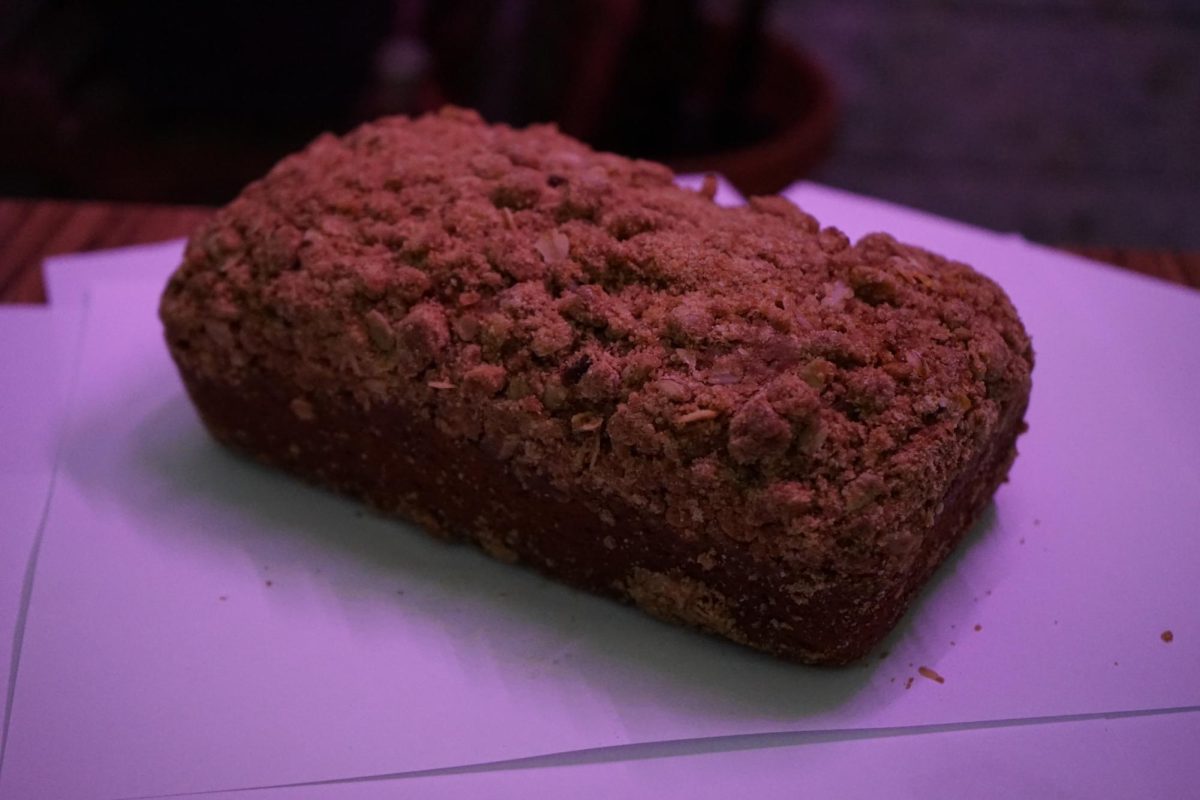For hundreds of years humanity has relied on bread as a key source of culture as well as food with the first archeological evidence of bread dating back 14,000 years. This bread was made of not only einkorn wheat but also the roots of club rush tubers. The remains of this bread were found in an excavation site in Jordan near the remains of a fire site and immediately brought to an analysis lab.
While it may not seem like a big deal to find some crumbs it is rewriting the entire agricultural history. The accepted theory was that bread was developed after we settled down and began to farm and develop towns; however, with this news it has become evident that long before the agricultural revolution people had the technology to process bread.
When the bread crumbs went through the lab they were able to determine more about its composition and characteristics. It is thought to have been cooked on hot rocks surrounding a fire and was shaped similarly to flat bread. They also discovered mustard seed and traces of oats and barley in the overall area. This suggested that they had highly developed taste buds and had a variety of spices they used to season their food.
From the first bread we have continued to develop and perfect it using it in ceremonies, traditions, and the evolution of various cultures.
Egypt
Bread in Ancient Egypt was a common thread among its inhabitants and was eaten by everyone from peasants to kings. They made it from purely water and flour
(emmer wheat) at first and fermented it outside on hot days. They often used the fermentation process to make beer and with that beer they began to make more flavorful bread substituting out the water. They created an unending cycle and were able to establish bakeries and maintain a sustainable food source.
Greece
In Greece bread held a ritual significance as well as a religious one. Lower classes ate bread made from emmer and barley while upper classes were associated with white bread made of wheat. This was mainly due to the difficulty of growing wheat in the Mediterranean climate. In Greek mythology they represented grain and bread with the goddess Demeter to show appreciation for the richness of the earth around them.
Rome
Baking in Ancient Rome was a respected profession.It often used slave labor and/or donkeys for mass production. The most widespread type of bread at this time was sourdough , but ancient Rome became the mother of pastries which later spread worldwide. Bread is also a staple in Christianity, representing the body of Christ in Mass.
How does bread work?
The basis of bread that made it so easy to make and distribute is that it uses simple ingredients and ferments in heat. Because of this ancient civilizations could mix together water and grain and allow them to sit in hot areas and acquire the distinct taste we associate with sourdough. This dry, simple bread is very different however, from what we have developed over the centuries. We now have yeasts, baking soda, and other leavening tools to create more diverse and delicious breads.
Bread today
On a global scale we produce 100 million tons of bread per year and it is one of the highest categories of food waste with an estimated 29.1% wasted. That’s almost ⅓ of everything we produce. However, we also still rely on it in some ways such as in christian churches, and around the world. There is challa (Jewish), injera (Ethiopian), and chapati (India) as a few examples.
Our history has been shaped in many ways by bread: overlooked, ignored, and underappreciated. It has supported the population during famine and drought, created traditions for both countries and families, and been the centerpiece in various cultures.
We can hope to continue to advance our abilities and make more sustainable, less wasteful bread production and design for future generations. One step towards that is by disputing the myth that making bread at home is an inconceivable task. From baguettes to sweet bread there are quick easy recipes that can save money and leave you with an overwhelming sense of achievement at the end of the day. In honor of October being pumpkin season I have included my favorite pumpkin bread recipe below.
Chocolate chip pumpkin bread
Ingredients for the bread:
- 1 ¾ cup flour
- 1 tsp baking soda
- 2 ½ tsp cinnamon
- ¼ tsp nutmeg
- ½ tsp ginger
- ¼ tsp ground cloves
- ¼ tsp cardamom
- ¾ tsp salt
- 2 eggs
- ¼ cup granulated sugar
- ¾ cup brown sugar
- 1 ¾ cup pumpkin puree
- ¼ cup vegetable oil
- ¼ cup applesauce
- ¼ cup orange juice or guava juice
- ¾ cup chocolate chips
Ingredients for crumble topping:
- ½ cup whole oats
- ½ cup flour
- ½ cup brown sugar
- ¼ cup melted butter
Instructions
- Preheat your oven to 350 degrees fahrenheit and grease 2 loaf pans.
- In a medium bowl mix together flour, baking soda, salt, and spices until they are well blended.
- In a separate bowl whisk your eggs and both sugars together before adding the pumpkin, oil, applesauce, and juice.
- Pour the liquid mixture into the dry ingredients and stir together. Once they are well blended add in the chocolate chips.
- To make the crumble topping, stir together the oats, flour, and sugar in a small bowl and then pour the butter overtop. Stir until there is no loose flour.
- Pour your batter, top with the crumble, and then bake for 50-60 minutes.
- Let cool for 10 minutes and enjoy!
Notes:
- This recipe is adapted from Sally’s baking addiction pumpkin bread recipe.
- I typically use guava juice for a stronger flavor but it is up to personal preference and what you have on hand.
- You can use muffin tins instead of loaf pans and bake for only 20-30 minutes.





